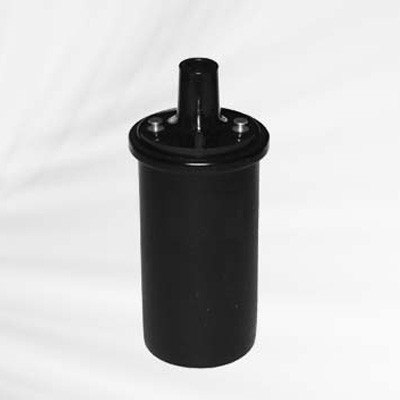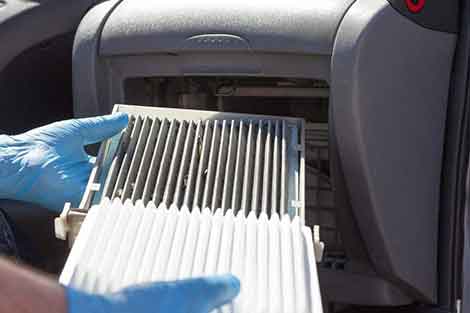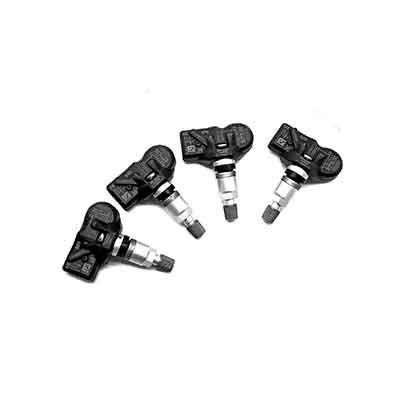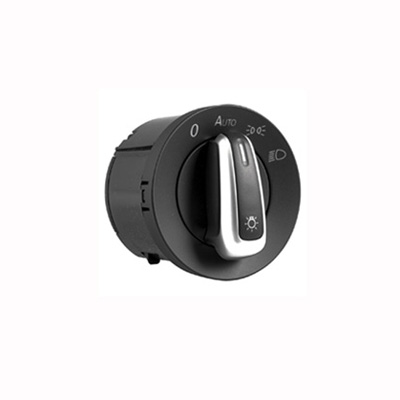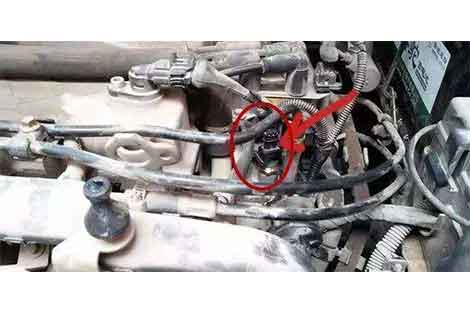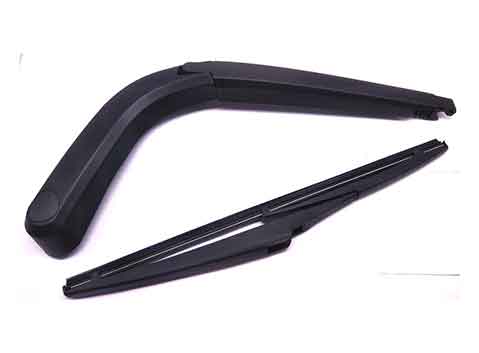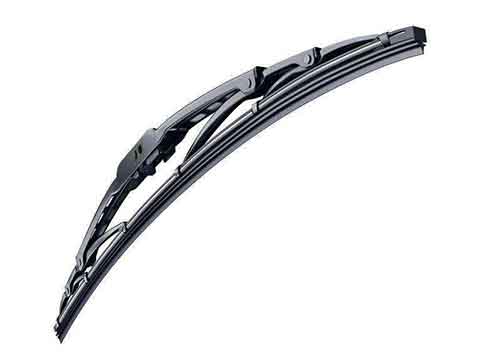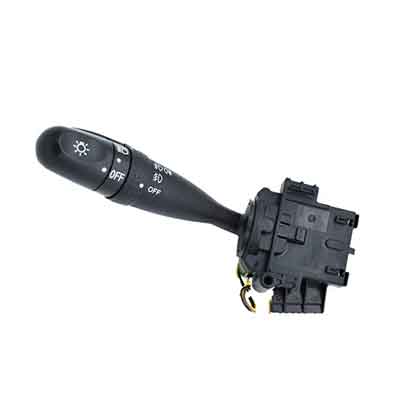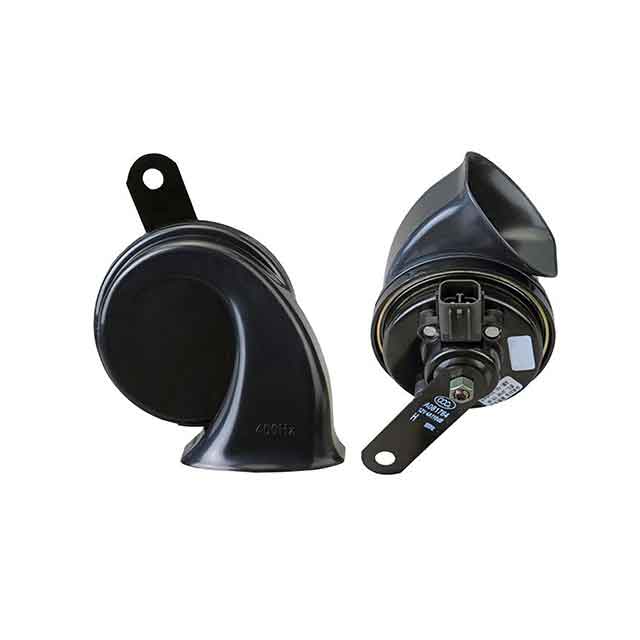Oil Filled Ignition Coils


The oil filled ignition coil is the first generation coil of the vehicle. It is an open magnetic circuit ignition coil from MAMPS ignition coil factory , which is generally a filling structure. It is made of oil, and the oil-filled inside is both an insulator and a coolant. It must be used in conjunction with the distributor and the oil-filled coil must be connected to the spark plug and distributor using ignition leads. Commonly applied to older vehicles. MAPMS provides various types of oil-filled ignition coils with good sealing performance, no oil leakage, high output voltage and long shelf life.
Key Features of Oil Filled Ignition Coils
good sealing performance.
no oil leakage.
high output voltage.
long shelf life.
How do you test a Oil Filled Coils?
Oil filled ignition coils are common in vintage and classic vehicles. Generally, it is a 12V ignition coil, which acts as a transformer. The voltage needs to be taken from the battery and raised to a few volts to create a spark in the spark plug. Here, we describe how to use a multimeter to test faulty oil ignition coil.
First, turn off the vehicle's engine, open the hood, locate the oil ignition coil, and use a wrench to disconnect the negative battery cable from the engine. The next step is to find the oil ignition coil that connects to the distributor's main ignition and pull it out slightly.
Next, use a wrench to connect the small ground wire inside the engine to one side of the coil wire we identified in the previous step. Now use a calibrated multimeter to measure the resistance, set the function of the multimeter to ohmmeter, and record the resistance value and unit at the same time. With the multimeter set to resistance measurement mode, insert one of its probes into the center opening of the main ignition oil ignition coil leading to the distributor. Insert it inside the oil ignition coil so that it must touch its metal terminals.
After the connection is established, check the reading on the multimeter screen. If it shows a resistance value between 6000 and 15000 ohms, the oil ignition coilis fine. However, if the value is different from the above range, the secondary winding is faulty.
Now touch one of the multimeter's probes with the ground terminal again. However, this time connect another probe to the terminal stud on the other side of the oil ignition coil.
After setting up the connection, check the reading on the meter again. If the resistance value is between 0.4 and 2 ohms, there is no problem with the oil ignition coil. However, if the value is outside this range, there is a problem with the primary winding of the coil. No matter which side of the oil filled ignition coil is faulty, it needs to be removed and replaced.
As an auto spare parts supplier, we can offer sorts of car spares and parts for sale, if you are interested, please leave us a message.
Other supplier products
|
|
Cabin Filters Application |
automotive parts industry/ automobile parts manufacturing industry/ industry auto parts
The cabin filter filters the air in the car compartmen... |
|
|
Tire-Pressure Monitoring System (TPMS) |
The system has become a mandatory configuration for new vehicles throughout the United States and Europe. It is directly integrated in the on-board... |
|
|
Dimmer Switches |
The car headlight switchare basically integrated on the lever switch on the left side of the steering wheel, but also there are exceptions. The hea... |
|
|
Car Engine Oil Filters |
Under normal circumstances, the operation of engine parts will produce metal debris, incoming dust, carbon deposits oxidized at high temperatures, ... |
|
|
Camshaft Position Sensor Application |
The cam valve sensorcollects the position signal of the valve camshaft and inputs it to the ECU, so that the ECU can identify the compression top d... |
All supplier products
Same products









